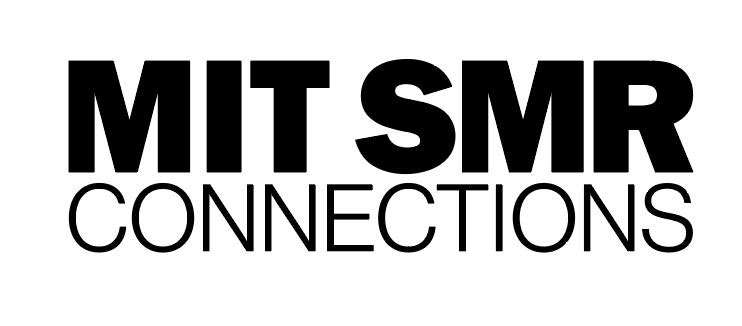Now that we are in the midst of the world’s largest remote work experiment, it’s worth asking: how does being virtual change your approach to running a good meeting? As technologists, we tend to focus on what we can easily control and configure: security, bandwidth, and availability. However, when it comes to successfully managing a distributed workforce, even more important than meeting connectivity, is having the right meeting culture.
Meeting culture is more than a weekly happy hour on video chat or sharing animated gifs in your message stream. For distributed organizations, culture is the operating system that defines how people interact, collaborate and get things done. Establishing the right meeting culture is a discussion that should involve all members of the senior leadership team. There is no set playbook for meetings that will work for every organization, but here are some things to consider:
- What is right cadence for checking in?
- Which platforms or tools should be used for what purpose?
- What is the right balance between synchronous (good for solving urgent problems) and asynchronous communications (better for complex analysis and reflection)
- Where will you document and share decisions and data, so that people can find what they need easily?
Perhaps the simplest way to improve a virtual meeting is to keep it short. Brevity keeps people focused, and makes it more likely that the right people will commit to sharing their time. Legend has it that Queen Victoria after the death of Albert, the Prince Consort, preferred to keep her public duties to the absolute minimum, and so insisted that her meetings took place standing. Without chairs to recline in, her advisers kept things succinct. Still to this day, whenever the Privy Council of the United Kingdom meets, all the participants have to stand.
Agile developers share a similar love of standup face-to-face meetings, but in this new world of remote work – the concept requires some adjustment. At Trello, for example, team members participate in daily asynchronous check-ins. Depending on their timezone, they log on when they start their day and share what they were working on yesterday, what they hope to achieve today, and any road blocks or obstacles to getting this done. The ‘daily ASYNC’ as they call it, provides a simple mechanism for other team members and leaders to get a handle on progress, without having to find a common time that works for a globally distributed group.
The science of good meetings was something that obsessed Andy Grove, former CEO of Intel. He believed that meetings were such an essential part of Intel’s culture that for many years he taught a class on meeting basics for new employees. If you walked into any meeting room, or even a factory, at Intel during that time, you would see a poster on the wall with a series of questions about the meetings that took place there: Do you know the purpose of this meeting? Do you have an agenda? Do you know your role? Do you follow the rules for good minutes?
For every meeting, Intel had a formal agenda template. This agenda, circulated before each meeting, listed the key topics, who would lead which parts of the discussion, how long they would take, and the expected outcomes. They also specified the meeting’s decision-making style, which helped set the attendees’ expectations up front. At Intel, a decision was said to reflect one of four styles: authoritative (the leader has full responsibility); consultative (the leader makes a decision after weighing group input); voting; or consensus. Intel’s template might not work for every organization – but it is worth creating your own approach to meeting styles, especially if you helping teams, not used to remote work, transition successfully.
Amazon also has a unique way of running meetings. For starters, they have banned slide decks. If you want to get a decision made, you need to bring a memo, no more than six pages long, structured in a logical way, with supporting data in the appendices. Every meeting at Amazon generally begins with fifteen minutes of silent reading time, followed by the attendees making high-level comments about an idea before going through the memo page by page, providing feedback.
Data-driven meetings at Amazon work because teams at Amazon are also generally small. How small? Jeff Bezos is famous for having said that a team should never be so big that it couldn’t be fed by two pizzas. I wasn’t sure how big that was, so when I had the opportunity to visit Amazon’s headquarters in Seattle, I asked someone. It turns out that a two-pizza team at Amazon means somewhere between three and eight people. Bezos’s rationale for keeping things small is that once you have big teams, people waste time chasing consensus rather than focusing on creating disruptive ideas.
Once a project is approved at Amazon, a “single-threaded owner” is assigned to it to make sure that one person is totally focused on customer delivery. More than anything else, Amazon values speed and agility, rather than collaboration and consensus. In fact, there can often be multiple small teams working on the same issue— almost competitively—to see who can solve the problem first.
Understanding the science of your own meetings and developing structures, templates, and frameworks are important steps in ensuring that your teams are gathering all the relevant data, adjusting their approaches, and making high-quality decisions. But hard facts alone are not enough. Values and purpose matter too.
If your virtual meetings are not going well, it could be a symptom rather than the cause of cultural failure. When it comes to how people collaborate, form follows function. If you have adopted a culture of transparency, where data and facts drive decisions, projects are coordinated by algorithms, and work is done by small, empowered teams, the primary function of meetings becomes problem-solving and creative development, rather than compliance and control. In other words, a better place to work.
Here is the idea in brief:
- Meeting culture design is essential for distributed organizations if they want to maximize productivity and engagement.
- Strike the right balance between asynchronous and synchronous communications.
- Create common meeting templates, frameworks and language to improve co-ordination and communication for remote teams
- Make your meetings more data-driven. If the decision is a complex one, consider using sharing a long-form memo for people to read and discuss, rather than a slide presentation.
- Design small, empowered teams with clear accountability. The goal is getting things done, not getting everyone to agree.





